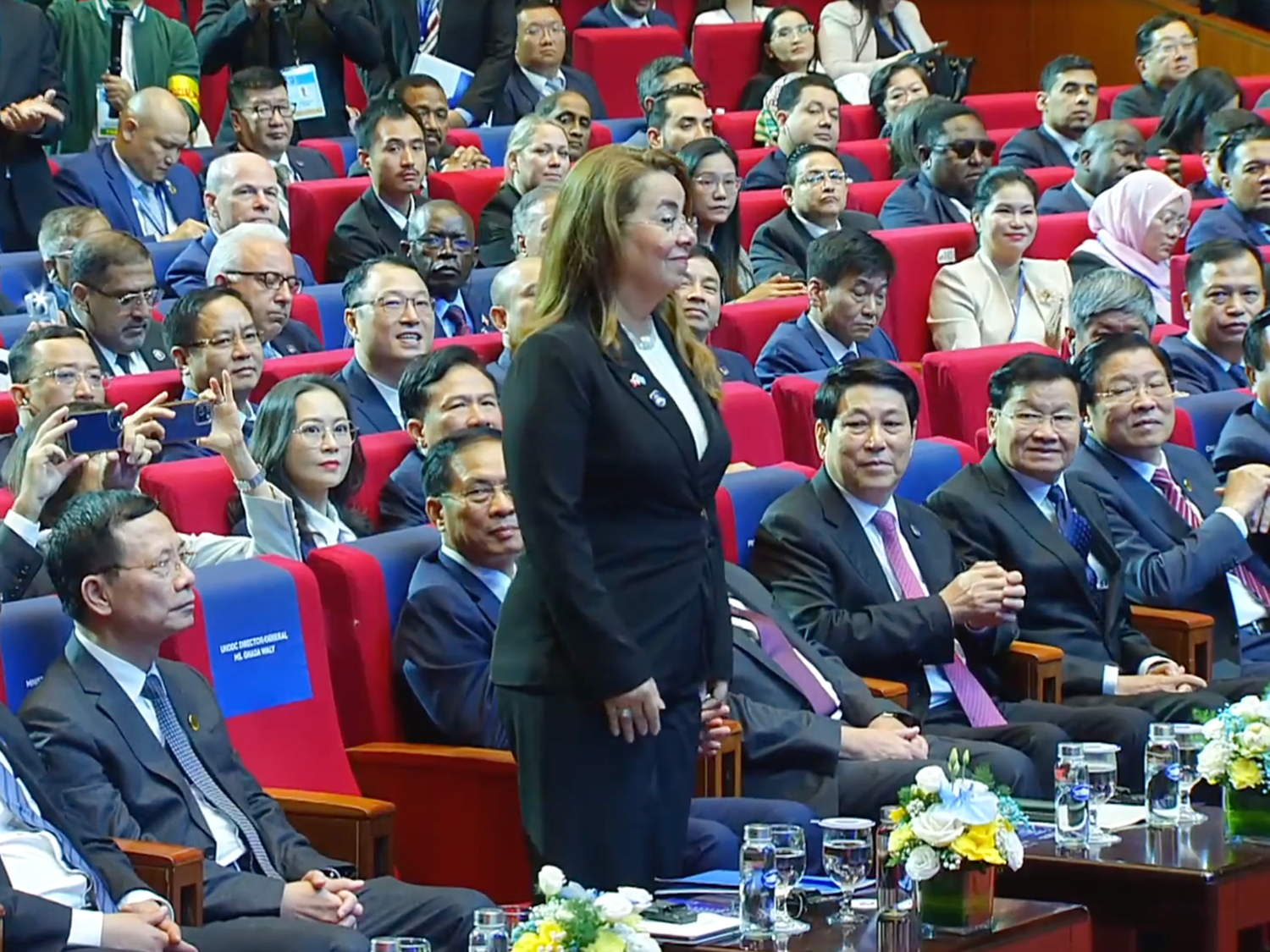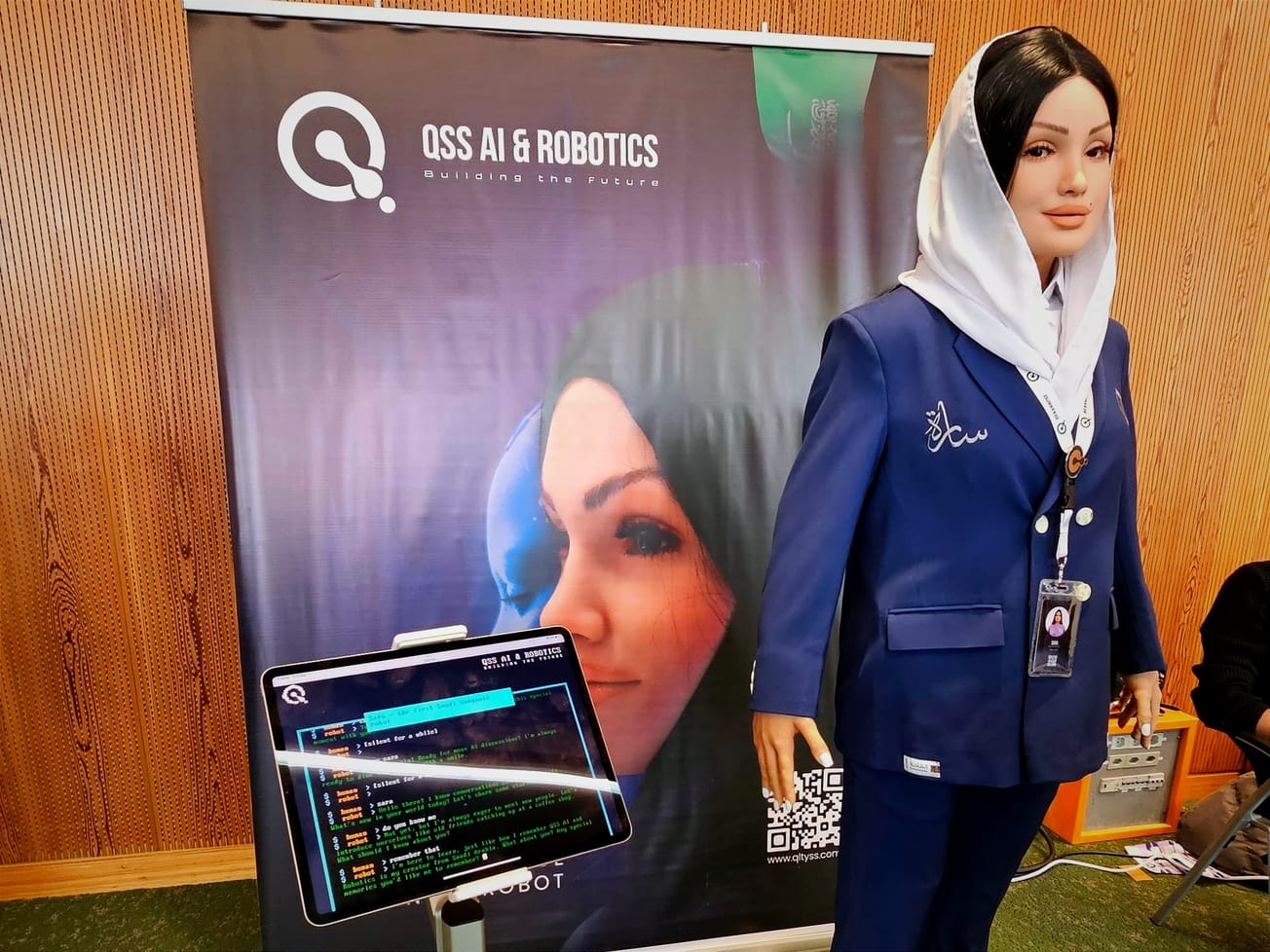GENEVA (AN) — New guidelines from the U.N. telecom agency aim to fend off cybercriminals, traffickers and other online abusers as the pandemic raises the risks to children confined at home with more screen time.
The International Telecommunication Union, or ITU, said on Tuesday that its new 2020 Guidelines on Child Online Protection offer safety recommendations for children, parents and educators, industry and policymakers.









